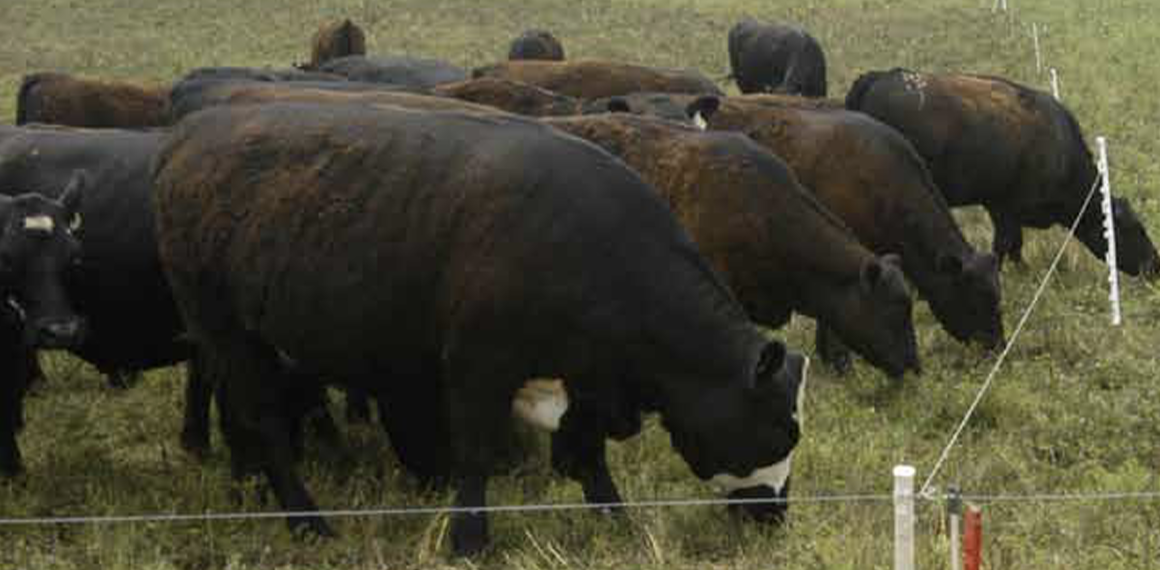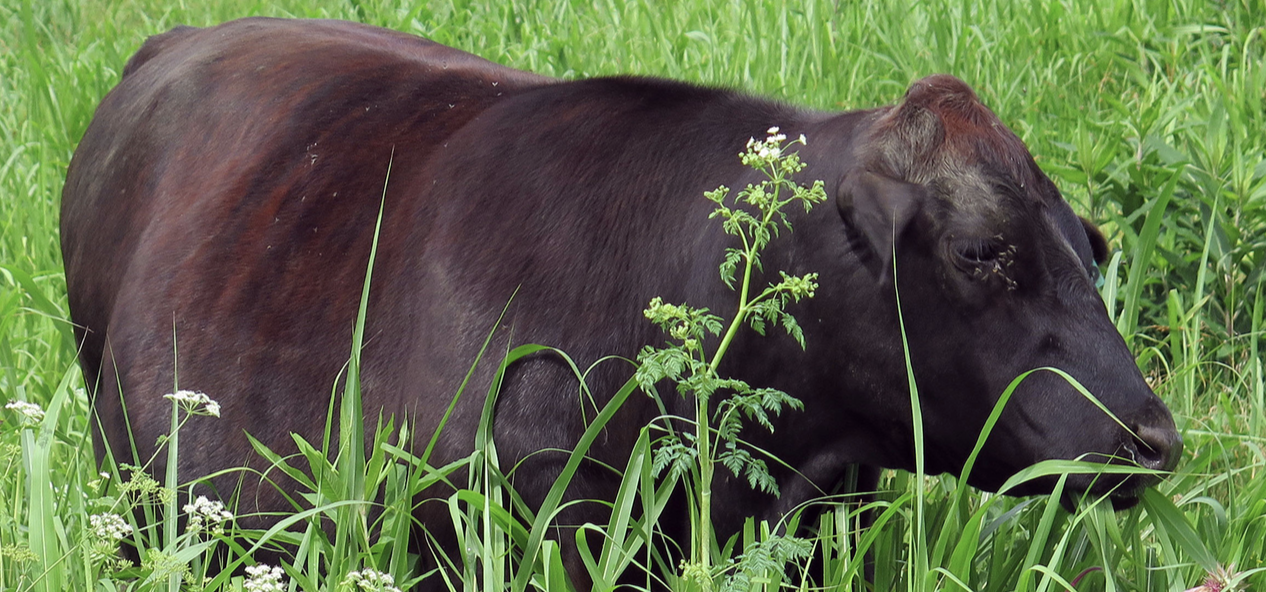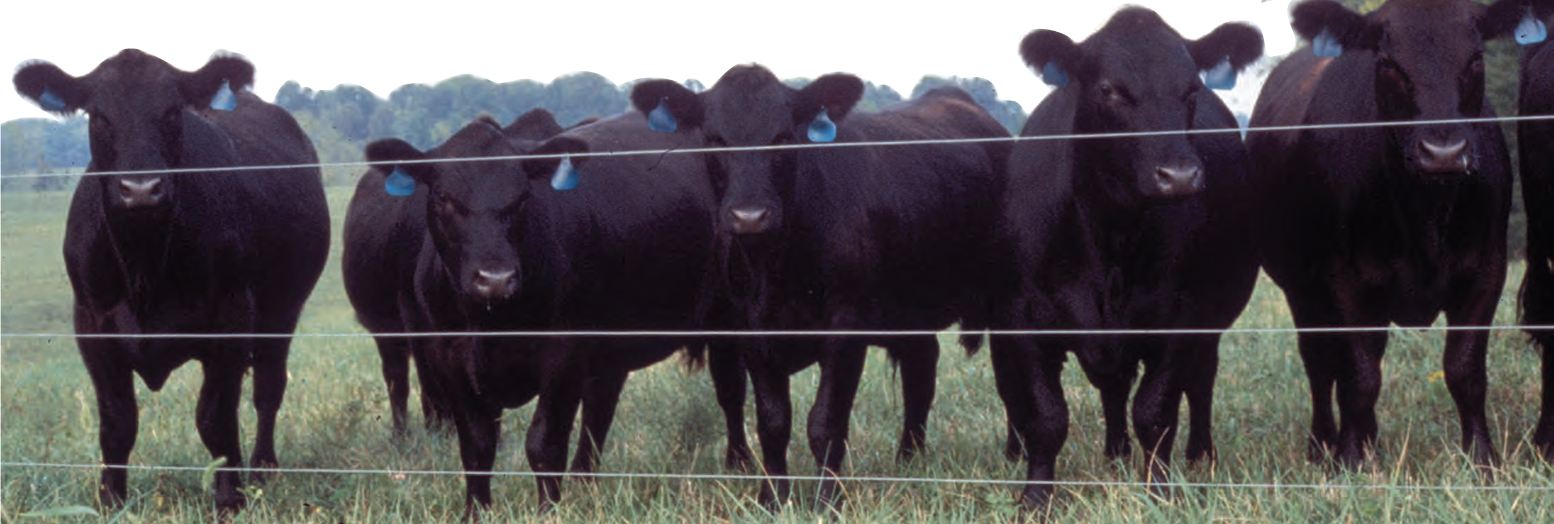Grazing Scenarios
Grazing Scenarios

Rotational Grazing
Kentucky beef producers can increase forage productivity through rotational grazing, which can increase yield of animal products per acre and may increase profit margins for forage-based farming systems. Rotational grazing has the potential to
- reduce cost of machinery, fuel, and facilities
- reduce supplemental feeding and pasture waste
- improve monthly pasture distribution and yield
- improve animal waste distribution and nutrient use
- improve pastures’ botanical composition
- minimize daily fluctuations in intake and quality
- allocate pasture to animals more efficiently, based on nutritional needs

Producer’s Guide to Pasture-based Beef Finishing
Have you wondered if cattle can be finished on pasture? The answer is yes, with the appropriate management. The rise in corn prices, increased transportation costs, and environmental regulations are increasing the compliance costs of centralized feedlots. Moreover, there is a growing consumer movement focused on purchasing healthier foods and on locally produced foods. These changes are creating opportunities for local cattle producers to finish cattle on forages and sell to local markets. Cattle producers may use either a pure pasture-based production system or a grain-on-grass production system where the bulk of the animal’s diet comes from pasture and is supplemented with grain or by-products. If you are interested in finishing cattle on pasture this article os for you.

Extended Grazing and Reducing Stored Feed Needs
Most livestock producers are interested in extending the grazing season for their animals, or otherwise filling gaps in pasture forage availability to reduce stored feed needs.There are several reasons why this is beneficial:
- Better for the environment
- Weather is less of a concern
- Higher-quality forage leads to better animal performance
- Requires less labor
- Lowers expenses
